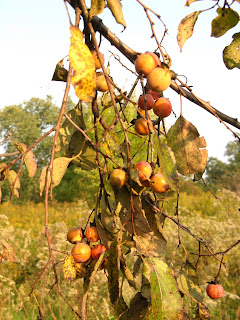I'm addicted to Christmas. It is really special. I love the music, the food, the giving of gifts, and the fact we celebrate Christ’s birth.
On Thanksgiving day, I start scanning the car radio for Christmas music. There are several stations which play the holiday tunes from the time of a turkey day hunt to Christmas day this year's day -long NBA roll out.
I enjoy the Christmas music, especially the old carols and tunes. It seems there haven’t been many new good Christmas songs added to the old favorites. I also enjoy the old Christmas TV shows, and some of the new ones are enjoyable too.
Christmas has always been an important celebration with the Junker family. In the past, it included a trip to church on Christmas eve. The kids of the church always put on the special program.
After the service, the entire clan gathered at Grandma Junker’s house. There was chili and oyster stew, plus sandwiches and Christmas cookies. Santa came and we kids all received a toy. We had to wait until later to receive the gifts he left for us at our individual homes.
The next day after we had our individual Christmas celebrations at home, we gathered again at Grandma’s house for a big family dinner--lots of really good stuff to eat, especially desserts.
This year, the family Christmas celebration will come early. As kids get married and have their own kids, and each family has two sets of in-laws, it is difficult to get everyone together as we did in the past. However this year we plan to gather Friday night for chili and trimmings with our kids and grandkids. I will fix grilled cheese sandwiches for the kids. It's not turkey, but they love it.
Plans call for Christmas day to be spent at my sister and brother-in-law's home in West Lafayette, IN. No hunting or fishing is planned, but I'm sure there will be bird watching at the feeder's in Paul's backyard, and a walk with my dog, Tyler along the Wabash River.
It is fun to get together, share good food and memories, but it also is good to go outside a bit and enjoy nature and the outdoors, even in the cold and work off some of the persimmon pudding.
Merry Christmas and a Happy New Year
# # # #
BIRDS, PETS -- Don't forget the pets and birds at Christmas.
Tyler, our rat terrier, always gets a new toy or two and treats for Christmas. This year, I've noticed several stores have special Christmas displays just for pets. Everybody is into marketing.
As we head into winter, food becomes more scarce for birds. We haven't yet had the snow we received early last year, but it is time to feed those birds. As winter progresses toward February, it is more difficult for birds to find food. Besides helping birds, the watching birds feed during winter months is fun.
Some bird feeding tips::
Maintain feeding stations -- Fill bird feeders with the birds' favorite foods: sunflower for cardinals, chickadees, titmice and nuthatches; Nyjer seed for goldfinches, pine siskins and redpolls; suet for all the hungry woodpeckers. It's not necessary to fill them to the top 24/7. Birds forage over a fairly large area, so it's OK to put out just as much seed as they can eat in a few hours.
Keep the peace -- Avoid overcrowding by putting bird feeders at different heights to resemble birds' natural feeding environment. Serve sparrows, juncos and mourning doves from a tray elevated just above the ground. Woodpeckers, titmice, nuthatches, chickadees, finches and redpolls, accustomed to eating among trees in the wild, prefer feeders four to six feet off the ground. Jays and cardinals like surfaces large enough
to stand on while they eat.





